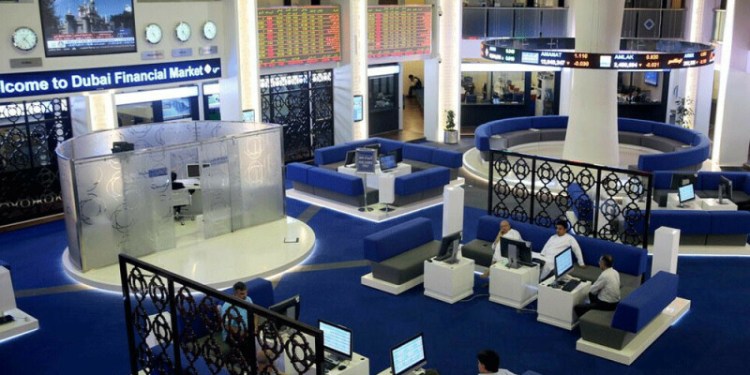By Noah Sin
HONG KONG (Reuters) – At BEA Union Investment in Hong Kong, Pheona Tsang is getting creative. The head of fixed income is planning to fill 10 percent of a yuan-focused portfolio this year with U.S. dollar bonds, sold by Chinese companies outside of the mainland market.
She is not alone. Many money managers are being enticed by the same bonds, whose yields have been steadily rising thanks to years of rate hikes by the Federal Reserve.
These dollar bonds in December yielded an average of 6.7 percent, 2.8 percentage points above their onshore equivalents, after lagging their onshore peers just 12 months ago, Natixis data shows.
Last month, China Evergrande Group, one of the country’s most indebted property developers, sold $3 billion in dollar bonds in Asia’s biggest offshore high-yield bond sale so far this year, with yields topping 10 percent.
The turnaround has also been fueled by China’s shift to easier monetary policy to cushion its cooling economy. That helped depress interest rates and pulled 10-year government bond yields down 60 basis points from their September highs.
“Onshore rates have compressed so extensively that valuation is a touch expensive,” said Jason Pang, a portfolio manager at JP Morgan Asset Management.
“Last year, rates kept going down onshore and you could pick up capital gains,” said Wonnie Chu, a managing director at Tencent-backed Gaoteng Global Asset Management.
But Chu believes there is limited room for Chinese rates to fall further, noting 10-year government bonds traded at about 2.6 percent in the last two easing cycles in 2006 and 2009. They are now around 3.1 percent.
So, Chu is turning to the “more interesting” dollar market this year.
RISK AND REWARD
The offshore dollar market’s allure comes with equally significant risks.
Hit by growing corporate bond defaults, slowing Chinese growth and a tightening Fed, some Chinese borrowers “were really in distressed value” late last year, said Tsang.
Signs of strain are especially apparent in real estate companies. Country Garden, a leader in the sector, this week reported a contract sales decline of 52.2 percent in January.
This year, property developers alone may refinance up to $72.6 billion, when accounting for both their onshore and offshore needs, according to estimates by S&P.
In the offshore market, Chinese issuers will have an aggregate of $77.5 billion of dollar bonds maturing in 2019, up from $50.1 billion in 2018, according to Refinitiv data.
But Tsang remains upbeat, citing the Fed’s recent shift to a more cautious stance on future rate hikes.
“Even if we have one or two hikes (in 2019), we will be close to the end of the hiking cycle.”
The handsome yields offered by high-yield property bonds, in particular, “more than compensate for risks,” said one Singapore-based fixed income trader.
While property sales and investment in China have turned sluggish along with the cooling economy, home prices have been generally holding up. Some investors are also betting officials will ease curbs on buyers if the economy continues to slow.
Beijing already appears to be loosening its grip somewhat, analysts at UBS said in a report this month.
Examples of this shift includes the “reopening of the onshore bond market to developers, the lack of any mention of tightening during the recent Politburo meeting… and the quiet reduction in mortgage rates,” they said.
ONSHORE PRESENCE
Despite their preference for offshore dollar yields, all of the four fund managers interviewed said they were simultaneously expanding their onshore portfolios.
They anticipate a boost to the onshore market from Bloomberg Barclays (LON:) Global Aggregate Index’s inclusion of Chinese government and policy bank bonds in April.
The move could draw $110 billion from index-tracking investors to China over 20 months, according to estimates by Harvest Global Investments.
These passive inflows, however, does not fully reflect international investors’ assessment of the onshore investment climate.
The increase in onshore exposure by BlackRock (NYSE:), the world’s largest asset manager, for instance, is driven by “a combination of the opening up of (market) access and the investment view,” said Neeraj Seth, head of Asian credit at the firm.
Seth, who was positive onshore rates in 2018, has switched to a neutral view, and is lining up “long positioning” in offshore Chinese high-yield real estate names.
Source: Investing.com



























